Social engineering, deception becomes increasingly sophisticated
Security Affairs
FEBRUARY 20, 2023
Social engineering techniques are becoming increasingly sophisticated and are exploiting multiple emerging means, such as deep fakes. He is also the author of the book “La Gestione della Cyber Security nella Pubblica Amministrazione”. Deepfake technology, what’s it? Education improves awareness” is his slogan.




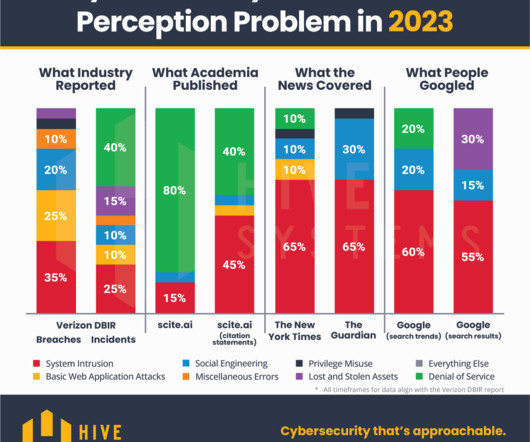
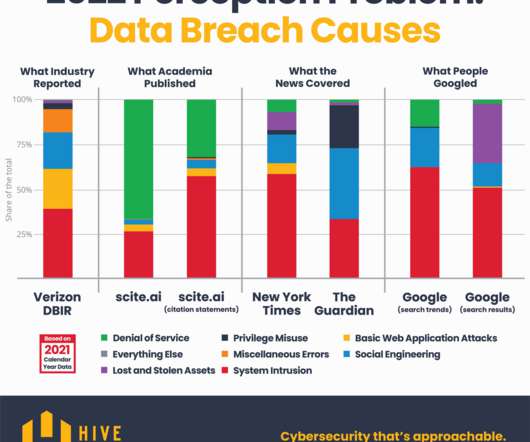
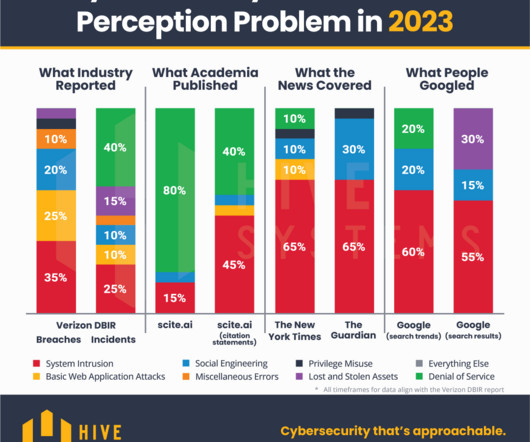
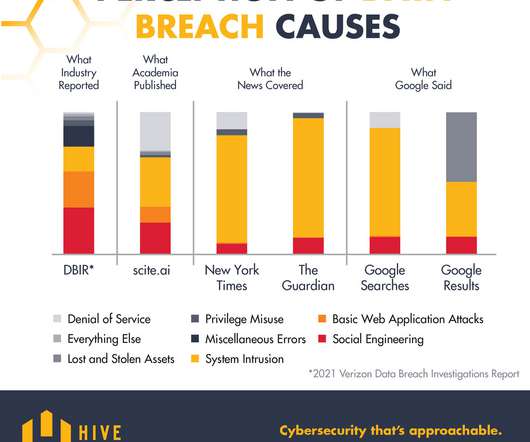
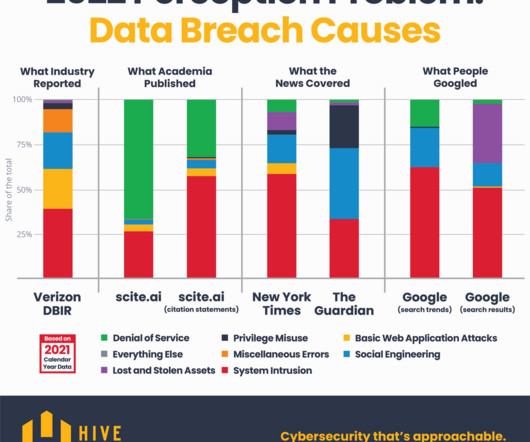










Let's personalize your content